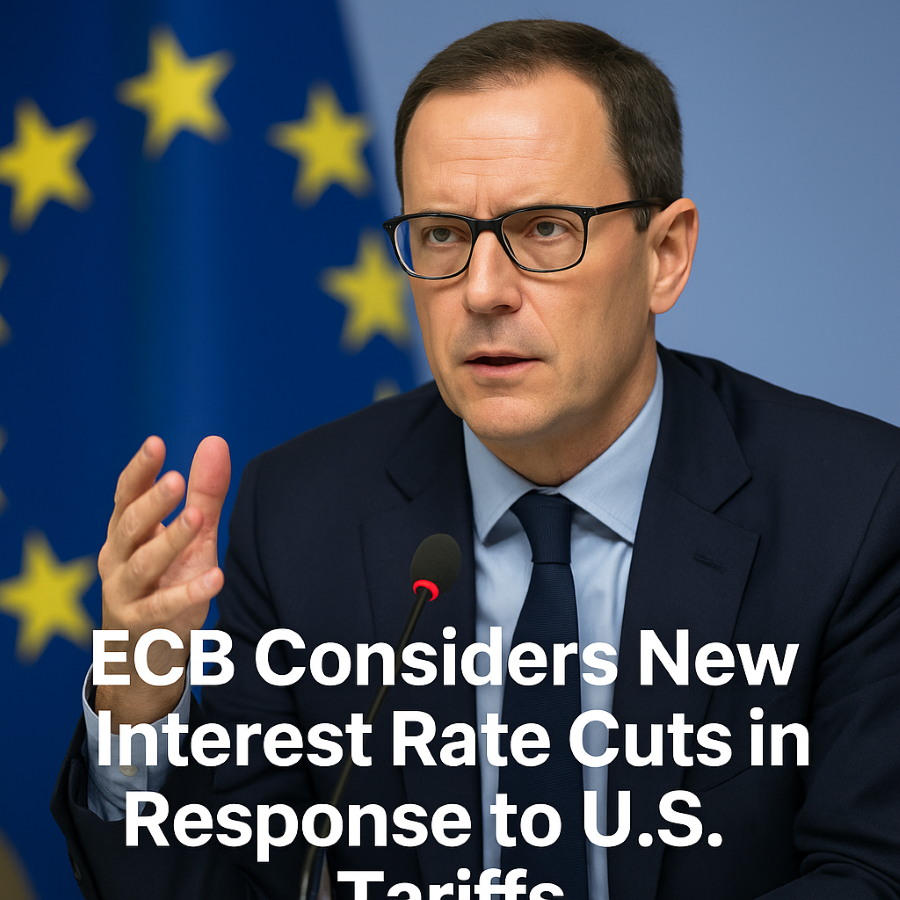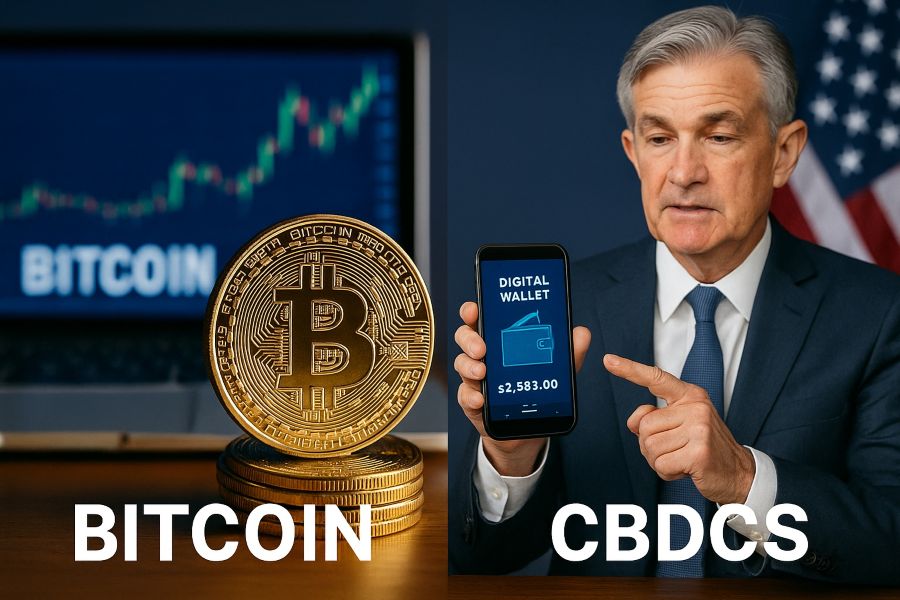Are We Witnessing the End of Cash?
The way we think about money is changing—fast. From Bitcoin to Central Bank Digital Currencies (CBDCs), the rise of digital currencies is transforming how we save, spend, and invest. But what do these changes mean for your financial future?
Whether you’re curious about crypto or concerned about government-backed digital money, this article will guide you through today’s trends and tomorrow’s opportunities
What Are Digital Currencies?
Digital currencies are money in electronic form. Unlike physical cash, they exist entirely online and are often built on blockchain technology. There are two main types you should know about:
1. Cryptocurrencies (e.g., Bitcoin, Ethereum)
- Decentralized and independent from central banks
- Use encryption and blockchain for security
- Highly volatile but offer high-return potential
- Used as investment, payment, or store of value
2. CBDCs (Central Bank Digital Currencies)
- Issued by governments or central banks
- Aim to provide a digital alternative to cash
- More stable and regulated than cryptocurrencies
- Could reshape how monetary policy works
Why Are Digital Currencies Gaining Popularity?
Several factors are driving the shift toward digital money:
- 📱 Tech-Savvy Generations: Younger people prefer fast, mobile transactions.
- 💳 Decline in Cash Use: Digital wallets and contactless payments are booming.
- 🌍 Global Innovation: Countries like China are piloting CBDCs, and others are catching up.
- 💰 Inflation and Uncertainty: Crypto is seen by some as a hedge against inflation and failing currencies.
The Pros and Cons of Digital Currencies
Here’s a quick overview to help you weigh the benefits and risks:
✅ Advantages
- Instant and borderless transactions
- Greater financial inclusion
- Transparency via blockchain
- New investment and business opportunities
❌ Challenges
- Security and fraud risks
- Regulatory uncertainty
- High volatility (especially in crypto)
- Privacy concerns with CBDCs
How to Prepare for the Digital Money Revolution
If you’re looking to stay ahead of the curve, here are smart strategies:
1. Educate Yourself
Understand the basics of blockchain, wallets, and digital asset security.
2. Start Small
Don’t pour your savings into crypto overnight. Instead, allocate a small, manageable portion of your investment portfolio.
3. Follow CBDC Developments
Keep an eye on policy updates from your country’s central bank. CBDCs could affect how you bank and transact.
4. Diversify Your Investments
Digital currencies are part of a broader financial strategy. Combine them with traditional investments to manage risk.
Final Thoughts: Digital Money Is Here to Stay
Digital currencies—whether decentralized like Bitcoin or centralized like CBDCs—are no longer fringe ideas. They’re reshaping global finance and redefining how we use money in everyday life.
Whether you’re investing, running a business, or just managing your budget, understanding this shift is crucial.




